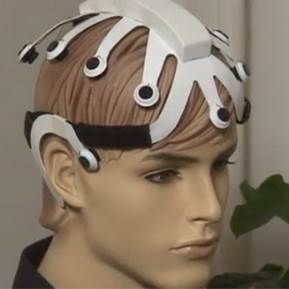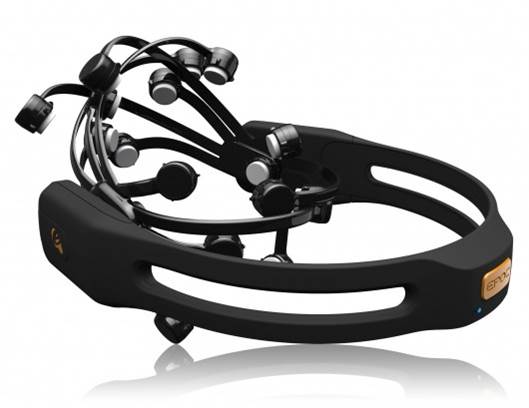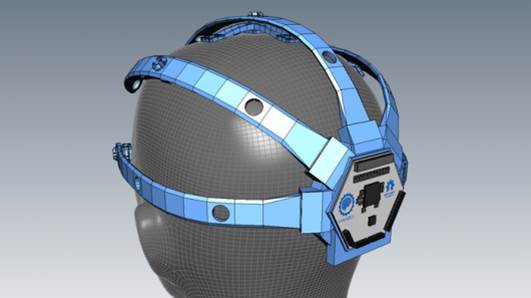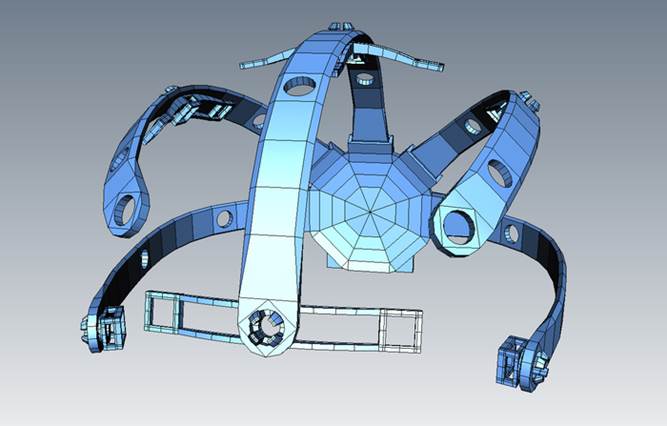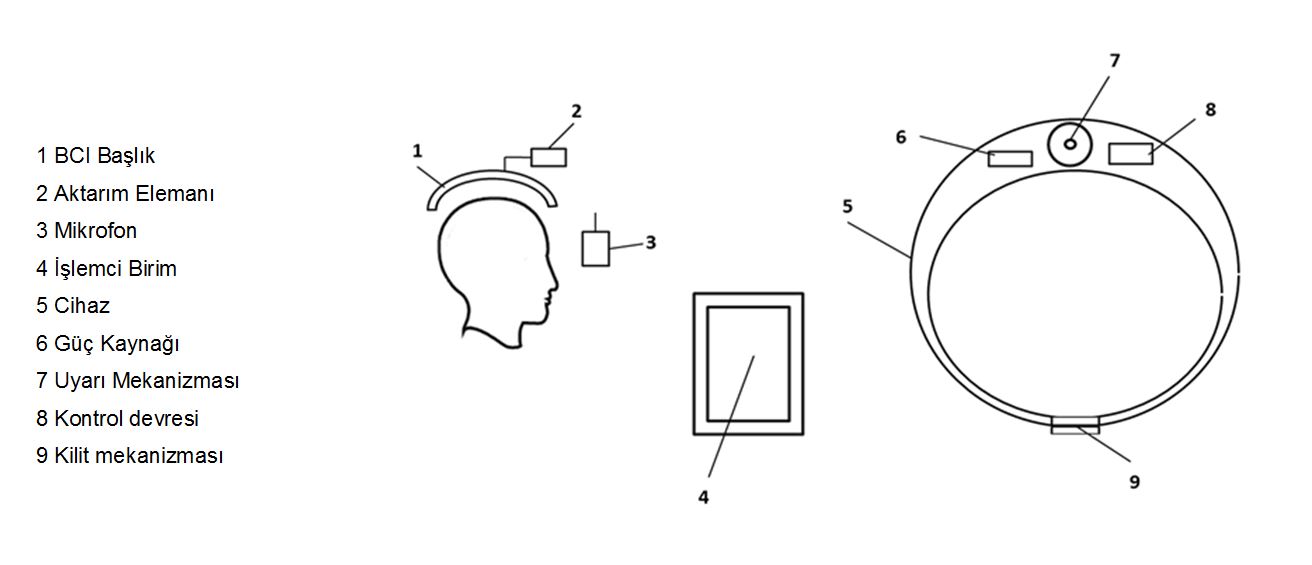Parasomnia
The aim of this invention is to develop an electromechanical device and treatment method to support drugs and other treatments, or to improve the quality of life of the patients, to be used in the treatment of especially sleep disorder (parasomnia) patients in the neurology clinic by the medicine and medical sector.
Parasomnia
Key Features
The aim of this invention is to develop an electromechanical device and treatment method to support drugs and other treatments, or to improve the quality of life of the patients, to be used in the treatment of especially sleep disorder (parasomnia) patients in the neurology clinic by the medicine and medical sector.
Sleep disorders, including snoring, and especially sleep behavior disorders, are usually accompanied by forced groaning, crying, begging, shouting, asking for help, screaming, etc. voice reactions that occur in situations are in the foreground. If signs of the onset of this seizure, that is, voice changes/sounds of different tones, can be detected in the patient, the patient can be woken up with a warning mechanism at that moment and the behavior disorder can be prevented from starting. After this first stage, the main original part of the project is training the brain waves or teaching the correct responses to the brain waves. The signals produced by the brain waves alpha, beta, gamma, delta, and theta during thinking and sleep are used to detect many diseases, and by modeling these signals, a stimulating and instructive feedback can be provided in sleep disorders.
Theoretical Approach and Outline of the Method to be Used
Method sleep behavior disorder; It is based on the principle of identifying the signal by tracking brain waves, detecting the onset of sleep disorder/terrorism, and predicting the signal with the learning method, catching the head of the signal during the seizure, giving a short-term (100 milliseconds) shock at first and shifting the point of interest in response to this shock.
Since this shock will occur during sleep, the patient will not feel any pain. However, every time the brain is exposed to this shock, it will be trained by trying to stay away from the event that caused the shock, in other words, the brain will be taught the (correct) response it should give. The trained brain will no longer repeat this event, and the treatment will be complete when the brain completely learns not to repeat it. Electromagnetic working mechanisms ranging from signal detection to teaching are given in the following two figures. Measurement with BCI allows much cleaner signals to be obtained than standard EEG. Signal processing, modeling and linear learnable prediction models and sleep patterns are distinguished on noise-free BCI signals. Alpha, beta, gamma, delta, theta signals received from certain parts of the head by contact are wirelessly transferred to the computer. The computer software obtains meaningful data from the signals using the mathematical models described below. After an approximate training period, thought-action assignment can be made.
.png)
The picture below shows the feedback during the development of the thinking technique with the title set. The classification of the signals read according to the action, what the thought will do according to the action, and how many errors can occur can be determined by feedback during the training.

Control System and Method
Behavior disorder control system during sleep, a sensor that detects the patient's voice during sleep and transmits it for analysis, a device attached to the patient with a warning mechanism that allows the patient to be stimulated with electrical or mechanical stimuli, a 3-point measurement system placed on the patient's head and detecting the brain waves with a 3-point measurement system. The BCI head, which transmits wirelessly through the transmission element, contains software that analyzes the data from the sensor and/or BCI head during sleep, in which the patient's voice is defined using different algorithms, and if an abnormality is detected in the activity of the voice and/or brain waves, it provides a short-term warning to the patient through the warning mechanism. It contains a processor unit that allows shocks to be delivered.
In measurements made with the BCI (Brain Communication Interface) header used in the system, much cleaner signals are obtained than standard EEG. Signal processing on noise-free BCI signals, modeling and linear learnable prediction models and sleep patterns can be distinguished. Alpha, beta, gamma, delta and theta signals received by contact from certain parts of the head are wirelessly transferred to the processor unit. The processor unit software uses mathematical models to obtain meaningful data from the signals. After an approximate training period, thought-action assignment can be made.


In Figure-1,2,3, the effect regions obtained as a result of EEG-BCI classification and Morlet Waveform transform are shown. It shows the intensity of thought during jaw movements in Picture-1, the shoulder and upper arm (NMF alpha divergence transformation) in Picture-2, and the intensity of thought during foot movements in Picture-3. These three movements were made using BCI and after classification, accurate results were obtained between 84-92%.
